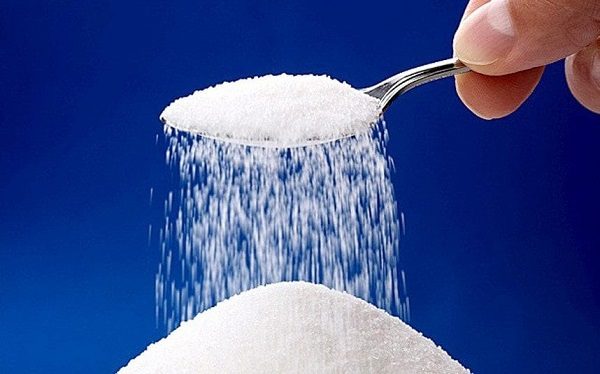
Salt has gotten a bad rap when it comes to blood pressure. Sugar is the real culprit.
For over a hundred years medical researchers have promoted the theory that salt consumption is a primary driver of high blood pressure and leads to cardiovascular deaths.
Some have even called salt "
the single deadliest ingredient in your pantry." And most conventional doctors still insist that cutting salt in the diet lowers blood pressure and saves lives.
But compelling research published in the
BMJ journal
Open Heart points to sugars, particularly fructose, as a bigger threat when it comes to blood pressure and heart disease.[i]
The authors of this study from Saint Luke's Mid America Heart Institute in Kansas City, and Montefiore Medical Center in New York, call the benefits of cutting sodium "debatable." And in fact, the
link between salt and heart disease is shaky.
Restricting salt actually reduces blood pressure very little on average. And in a 2011 meta-analysis the respected Cochrane Collaboration found that moderate
reductions in salt don't reduce the likelihood of dying or developing cardiovascular disease.
In fact,
cutting salt may increase your risk of fatal heart disease, especially if it is
'real salt' a healthy source.
In this study, the authors pointed out that most dietary salt comes from processed foods. That also happens to be the biggest source of added sugars.
Drawing on evidence from basic science, population studies and clinical trials, the authors found that sugar had a greater effect on blood pressure.
And they found that fructose played a major role in the development of hypertension. Our own GreenMedInfo
database on fructose toxicity contains dozens of studies indicating it may harm the cardiovascular system.
About 300 years ago the average person ate a few pounds of sugar a year. But thanks to the development of processed foods and especially high fructose corn syrup in sodas, that average has shot up to somewhere between 77 and 152 pounds per year. That's about 24 to 47 teaspoons a day and about 83 grams of fructose.
And today about 13% of Americans consume at least 25% of their total calories as added sugars.
That level of sugar in the diet is deadly. The researchers found that
eating 25% of your calories in sugar can triple the risk of dying from cardiovascular disease compared to people who eat less than 10% of their calories as sugar.
And yet the Institute of Medicine guidelines still bless a diet consisting of 25% added sugars.
When that sugar is fructose it raises blood pressure significantly. Consuming more than 74 grams of
fructose per day results in a 77% increased risk of blood pressure above 160/100 mm Hg.
The researchers emphasize that processed foods are the problem. But naturally-occurring sugars found in fruit and vegetables are not harmful.
So when it comes to blood pressure and heart disease, avoiding processed foods is the first step to lowering your risk. When choosing sweeteners use moderate amounts of natural sweeteners like honey, and maple syrup.
And instead of worrying about a low salt diet, replace your white table salt with a good
Celtic sea salt or Himalayan pink sea salt.
Click here to learn more about the health benefits of unrefined sea salt.
References:
[i] James J. DiNicolantonio and Sean C Lucan, "The wrong white crystals: not salt but sugar as aetiological in hypertension and cardiometabolic disease."
Open Heart 2014;1:doi:10.1136/openhrt-2014-000167
Comment: More on sugar's link to heart disease: